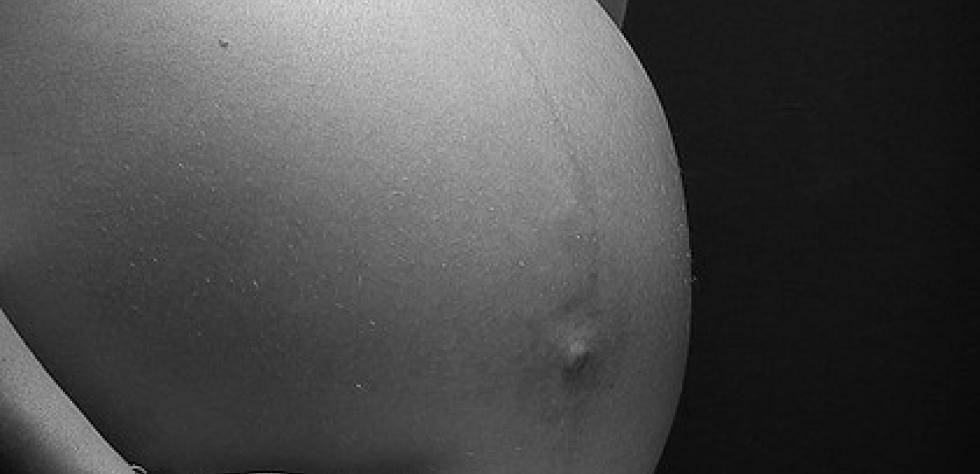Research of Mestrado carried out within the PFU, in the form of a retrospective analysis of practice
télécharger le mémoire ici
Abstract
The aim of this report is to outline the effects of using DBM Fasciatherapy methods for the treatment of abdominal and lumbar pelvic issues in pregnant women. We begin by providing a comprehensive overview of the motives that have driven pregnant women to seek out this treatment over the past 20 years, and how these treatment sessions have been organised. We then focus on the analysis of the qualitative data gained through semi-structured qualitative interviews. The objective is to construct a model demonstrating the interactions between the insight acquired through the interviews, the applied DBM Fasciatherapy techniques, and the different categories of information (perceptive or cognitive). This model offers a more in-depth understanding of the application and effects of the DBM Fasciatherapy methods on pregnant women.
Results :
A posture in the sense of attentive mobilization, oriented towards the Abdomono-lumbosacral-pelvic problems and the mother-baby interaction, promotes the regulation of the technical gesture in real time.
Therapeutic strategies serve as a guiding thread in the organization of treatments (bone frame, deep axial fascia (FAP), hard fascia-Manvatkar, centering of the baby in the abdominal cavity)
Verbal guidance from the informative directionality model (Bourhis, 2009) highlights the perceptual data related to the pregnancy process, including the dynamic mother/Baby


